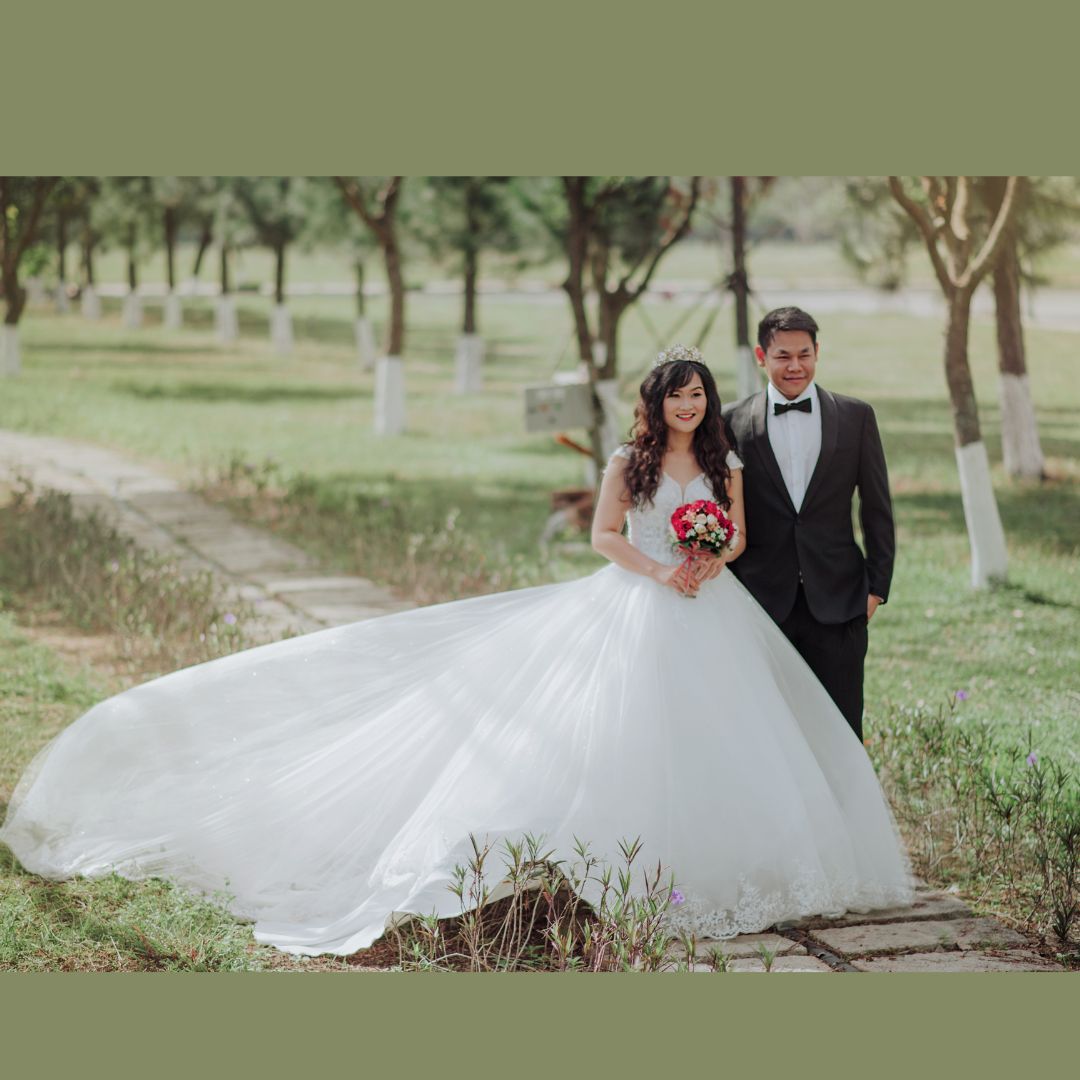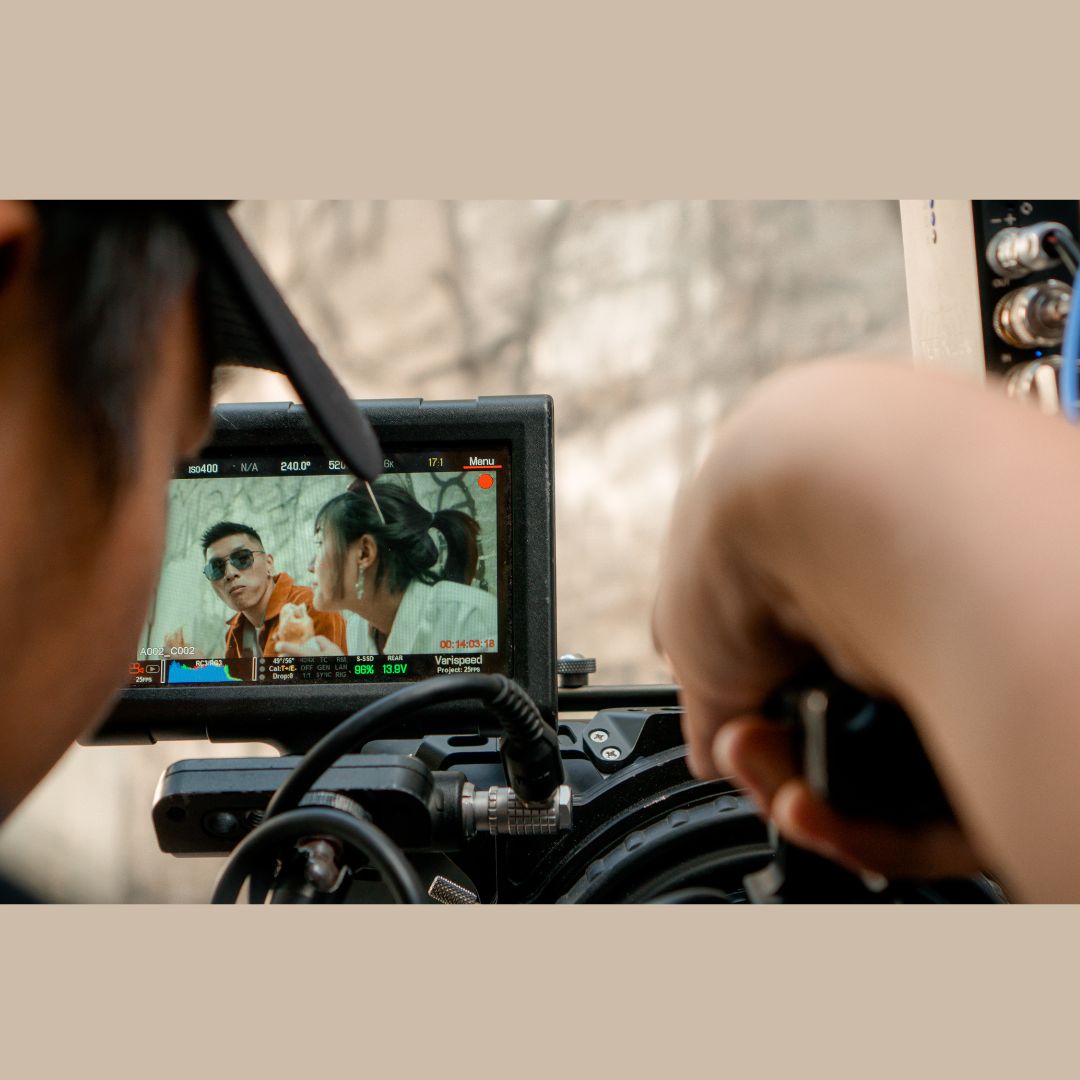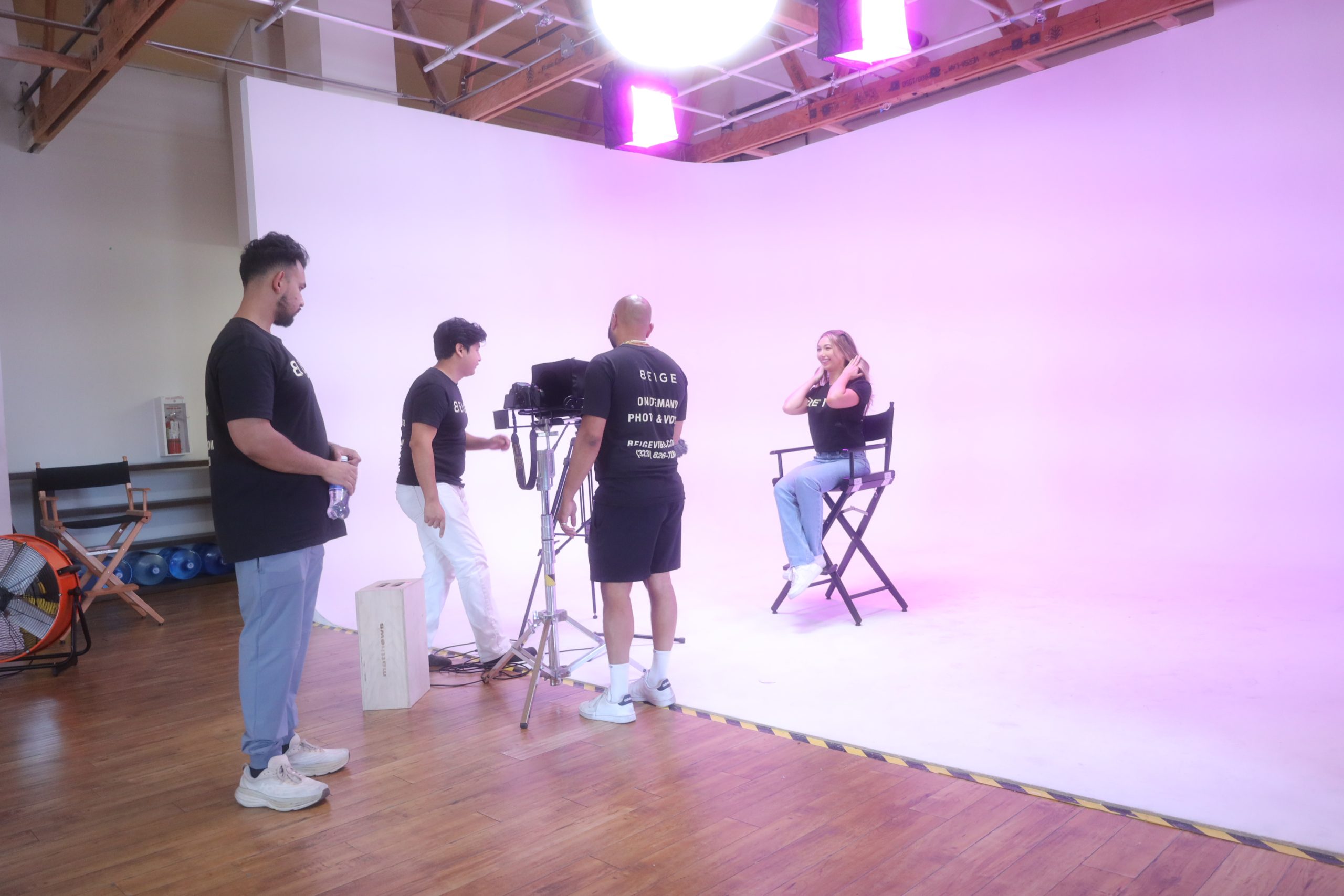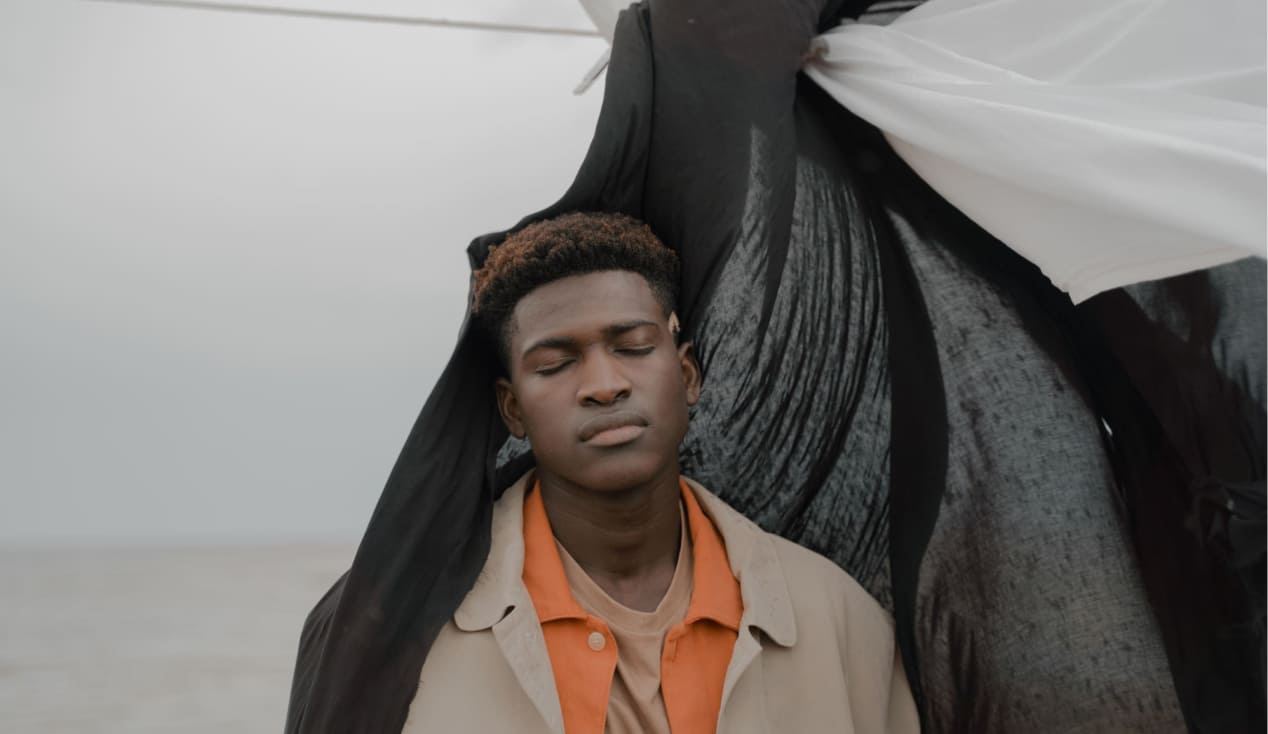No products in the cart.

Engagement Photo Session Tips: A Comprehensive Guide
Introduction: Everyone dreams of receiving a romantic proposal from their significant other. It resembles a childhood fantasy coming to pass. It really is a
Timing plays a crucial role in outdoor photography, as it greatly influences the quality and aesthetics of your images. Understanding the best and worst times to take pictures outside is essential for capturing stunning photos.
The right timing allows you to utilize natural light to your advantage, creating beautiful and visually appealing images. Different times of the day offer unique lighting conditions, which can enhance or detract from your photographs. Here’s a breakdown of the best and worst times for outdoor photography.
Early morning, just after sunrise, is often referred to as the Golden Hour – a prime time for photography enthusiasts. This time offers several advantages, including:
As the day progresses, the sunlight becomes increasingly harsh, leading to less ideal conditions for photography. The mid-morning and afternoon periods present challenges such as:
The evening, just before sunset, is another magical time for outdoor photography, often referred to as the Magic Hour. This time offers several advantages similar to the early morning, including:
The mid-day hours, when the sun is directly overhead, present the least favorable conditions for outdoor photography. Some challenges during this time include:
Overcast days, when the sky is covered with clouds, offer a unique opportunity for outdoor photography with their soft and diffused light. Advantages of shooting on overcast days include:
Choosing the right time for outdoor photography is essential for capturing compelling and visually striking images. By understanding the different lighting conditions and their effects on your photographs, you can make informed decisions and elevate your photography skills.
Timing is crucial in outdoor photography to capture the best lighting conditions and enhance the overall quality of your images.
By selecting the ideal timing for your outdoor photography, you can elevate your images and create captivating visual stories. Why is Timing Important for Outdoor Photography?
As the sun begins to rise, embracing the world with its gentle touch, a mystical hour known as the Golden Hour unfolds. In this section, we embark on a captivating exploration of the early morning, where the magic of photography comes to life. Brace yourself for the soft and warm light that bathes your surroundings, creating a dreamlike ambiance. Prepare to be enchanted by the elongated shadows that add depth and intrigue to your images. And get ready to capture moments with minimal distractions, allowing your subject to take center stage. Welcome to the enchanting realm of the early morning, where photography reaches its fullest potential.
When it comes to timing outdoor photography sessions, one of the key factors to consider is soft and warm light. This type of lighting is especially beneficial during the golden hour, which occurs during the early morning or late afternoon. During this time, the sun is low on the horizon, creating a beautiful soft and warm light that enhances skin tones, reduces harsh shadows, and adds a pleasant mood to the photographs. Soft and warm light is particularly advantageous for portraits, landscapes, and nature photography. So whether you’re using Nikon, Canon, Sony, or Fuji, make sure to take advantage of the soft and warm light for stunning results.
In Ansel Adams‘ iconic photograph, “Moonrise, Hernandez, New Mexico,” the setting sun created long shadows that intricately added depth to the landscape. This technique beautifully emphasized the texture of the mountains and the gravestones in the foreground, resulting in an emotionally impactful image. Through skillful utilization of long shadows, Adams successfully captured the breathtaking beauty and tranquil ambiance of the scene.
When it comes to outdoor photography, minimizing distractions is key to capturing stunning images.
By incorporating these techniques, you can create images that are free from distractions, allowing your subject to take center stage.
Capture the magic of natural lighting, but avoid the harsh pitfalls of mid-morning and afternoon photography. Discover the challenges and charms of shooting under the harsh sunlight. From battling harsh shadows and high contrast to dealing with overexposure and loss of details, we’ll unveil the secrets to captivating outdoor photos. Not only that, we’ll also delve into the world of unflattering portraits and how to avoid them. Get ready to unlock your photography potential and embrace the best light for stunning visuals!
When capturing outdoor photographs, it’s vital to consider the timing of your shoot as it significantly impacts the quality of your images. Here are some reasons why the presence of harsh shadows and high contrast during mid-morning and afternoon can have a negative effect on your photos:
To overcome these issues, it is recommended to schedule your outdoor photography sessions during the early morning “golden hour” or the evening “magic hour.” During these times, the light is softer and more flattering, minimizing the presence of harsh shadows and high contrast.
| Overexposure and Loss of Details |
| When shooting during mid-morning and afternoon, the harsh sunlight can lead to overexposure and a loss of details in your photos. The strong light creates harsh shadows and high contrast, making it difficult to capture the full range of tones in your subjects. The bright sunlight can cause areas of your photo to become overexposed, resulting in a loss of details and washed-out colors. To avoid these issues, it’s best to choose a different time of day for outdoor photography. |
True story: During a photography trip to a beach, I decided to take some shots around noon. Unfortunately, the bright sun caused overexposure and loss of details in my pictures, resulting in a lack of depth and vibrancy. The photos lacked the depth and vibrancy I was hoping for. Lesson learned: avoid shooting during mid-day and opt for more favorable lighting conditions to capture the best moments.
Unflattering portraits can result from taking photos during the mid-morning or afternoon when the sun is high and harsh.
| Harsh Shadows and High Contrast: | The strong sunlight can create unflattering shadows on the subject’s face, causing uneven and harsh lighting. |
| Overexposure and Loss of Details: | The intense sunlight can lead to overexposed images, resulting in a loss of important details in the highlights. |
| Direct Overhead Lighting and Accentuated Imperfections: | The direct overhead lighting can accentuate imperfections on the subject’s face, such as wrinkles, blemishes, or under-eye shadows. |
Choosing the right time of day, such as the golden hour in the early morning or the magic hour in the evening, can greatly enhance the quality of portraits.
As the sun begins its descent, the evening brings forth an enchanting hour known as “the magic hour”. It’s a time when the world is bathed in warm and dramatic light, casting a spellbinding spell on everything it touches. Get ready for vibrant colors, stunning contrasts, and the captivating allure of silhouettes and backlighting. The evening truly invites photographers to capture the world in its most mesmerizing state. So grab your camera and step into this magical realm of visual enchantment.
During the magic hour, which is also known as the warm and dramatic light during the evening, a beautiful and captivating atmosphere is created for outdoor photography.
Vibrant colors and contrast play an essential role in the creation of visually striking outdoor photographs. During the “magic hour” in the evening, the soft and warm light beautifully enhances colors, resulting in a more saturated and vibrant appearance. This lighting also contributes to the creation of a stunning contrast between the subject and the background. The sun’s low angle generates longer and more dynamic shadows, which add depth and dimension to the image. Consequently, photographers can skillfully capture breathtaking landscapes, compelling portraits, and captivating still-life compositions with a remarkable interplay of vibrant colors and striking contrast.
Ansel Adams’ iconic image, “Moonrise, Hernandez, New Mexico,” is a renowned example of vibrant colors and contrast in outdoor photography. Taken during the magic hour, this photograph showcases the vibrant hues of the sky alongside the contrasting adobe buildings below. The interplay of colors and contrast within this image creates a captivating scene, highlighting Adams’ expertise in capturing and conveying the beauty of natural light.
Silhouettes and backlighting are popular techniques used in outdoor photography during the evening or “Magic Hour”. Here is a breakdown of their unique characteristics:
| 1. Silhouettes | – Dark subject against a bright background |
| 2. Backlighting | – Light source behind the subject, creating a halo effect |
These Silhouettes and Backlighting techniques add drama, emotion, and a sense of mystery to photographs. To capture compelling silhouettes, expose for the background and keep the subject in a dark silhouette. Backlighting can create beautiful highlights and glowing effects. Experiment with positioning the light source and adjusting camera settings to achieve desired results.
Remember, timing is crucial for these Silhouettes and Backlighting techniques, so plan your outdoor photography sessions accordingly for the best results. Have fun and explore your creativity!
When it comes to capturing the perfect outdoor photos, timing is everything. In the mid-day section, we explore the challenges photographers face when shooting under the harsh light and limited creativity. From squinting and uncomfortable subjects to flat lighting and lack of shadows, not to mention the limited composition options, this section sheds light on the drawbacks of snapping pictures during the brightest hours of the day. It’s time to uncover the truth behind the worst time to take pictures outside.
When shooting outdoor photography, photographers often face the challenge of squinting and uncomfortable subjects due to the harsh lighting conditions created by the mid-day sun. This intense light not only causes discomfort but also results in flat lighting and a lack of shadows, which restricts creativity and composition options. To overcome these issues, photographers generally prefer to shoot during the golden and magic hours, which occur early in the morning or in the evening, respectively. These periods offer soft, warm light, long shadows, vibrant colors, and a more flattering atmosphere for capturing portraits. Alternatively, overcast days provide even lighting, reduced shadows, and a moody atmosphere, making them perfect for certain types of photography.
Shooting outdoor photographs during mid-day can result in flat lighting and a lack of shadows, which can make images appear dull and lack depth. The harsh sunlight overhead casts a strong, direct light that can wash out colors and create unflattering shadows on subjects. The absence of shadows can also make images appear two-dimensional and lacking in texture. To avoid these limitations, photographers often choose to shoot during the golden hour in the early morning or evening when the light is softer, warmer, and more flattering.
True story: One photographer I know had planned a beach photoshoot mid-day, but when she arrived, the harsh sunlight created unflattering shadows on her subjects’ faces and made the colors look washed out. Disappointed, she decided to come back during the evening golden hour. The difference was remarkable – the soft, warm light created a beautiful, ethereal ambiance, and the colors were vibrant and rich. The lack of harsh shadows allowed her to capture stunning portraits with depth and texture. She learned the importance of timing and how it can significantly impact the outcome of outdoor photography.
When photographing during mid-day, you may face limitations in composition due to the harsh lighting conditions. Here are some ways this can affect your photos:
To overcome these limitations, you can try shooting in shaded areas for softer light or experiment with creative compositions that incorporate elements like shadows or reflections. Using props or changing your perspective can help add interest to your images.
Capture the ethereal beauty of overcast days with its soft, diffused light. Discover how this unique lighting conditions transform your pictures with even lighting, reduced shadows, and a touch of mystery. Dive into the world of subtle colors and a moody atmosphere that adds depth and emotion to your photos. Say goodbye to harsh sunlight and embrace the enchantment of overcast days for captivating outdoor photography.
Even lighting and reduced shadows are key benefits of shooting outdoor photography on overcast days. Here are some reasons why this lighting condition is advantageous:
To make the most out of overcast days, consider the following tips:
When capturing outdoor photography, the timing can significantly impact the colors and atmosphere of your images. During certain times of the day, you can achieve subtle colors and a moody atmosphere, adding a unique and artistic touch to your photos.
During a late evening shoot at a beach, the vibrant pink and purple hues of the sunset combined with the darkening sky created a truly mesmerizing and moody atmosphere. The subtle colors and ethereal feel of the scene made it one of my most captivating photographs.
The worst time to take pictures outside is during midday when the sun is directly overhead, resulting in intense shadows and raccoon eyes.
Direct sunlight can create harsh shadows on the subject’s face, leading to unflattering lighting and raccoon eyes.
No, the quality of outdoor photography greatly depends on natural lighting conditions, so being unable to go outdoors would limit your ability to capture well-lit and visually exciting photos.
One technique is to use light modifiers, such as reflectors or diffusers, to soften harsh sunlight and create more flattering lighting for the subjects. Another technique is to schedule the photo session during the “Golden Hour,” which occurs 1-2 hours before sunset or after sunrise, when the light is soft and warm.
It is recommended to do a “GO SEE” to determine the sun’s position and background before deciding on a location. Additionally, considering whether to use the East or West side of a house as a backdrop can depend on the desired lighting and positioning of the subjects.
The best times for taking outside photographs change with the seasons. For example, during the summer, the optimal time for photographing people is around 9 AM and 7 PM. However, as the seasons progress, the evening time for good lighting becomes earlier.
Lorem ipsum dolor sit amet, consectetur adipiscing elit. Suspendisse varius
enim in eros elementum tristique.






